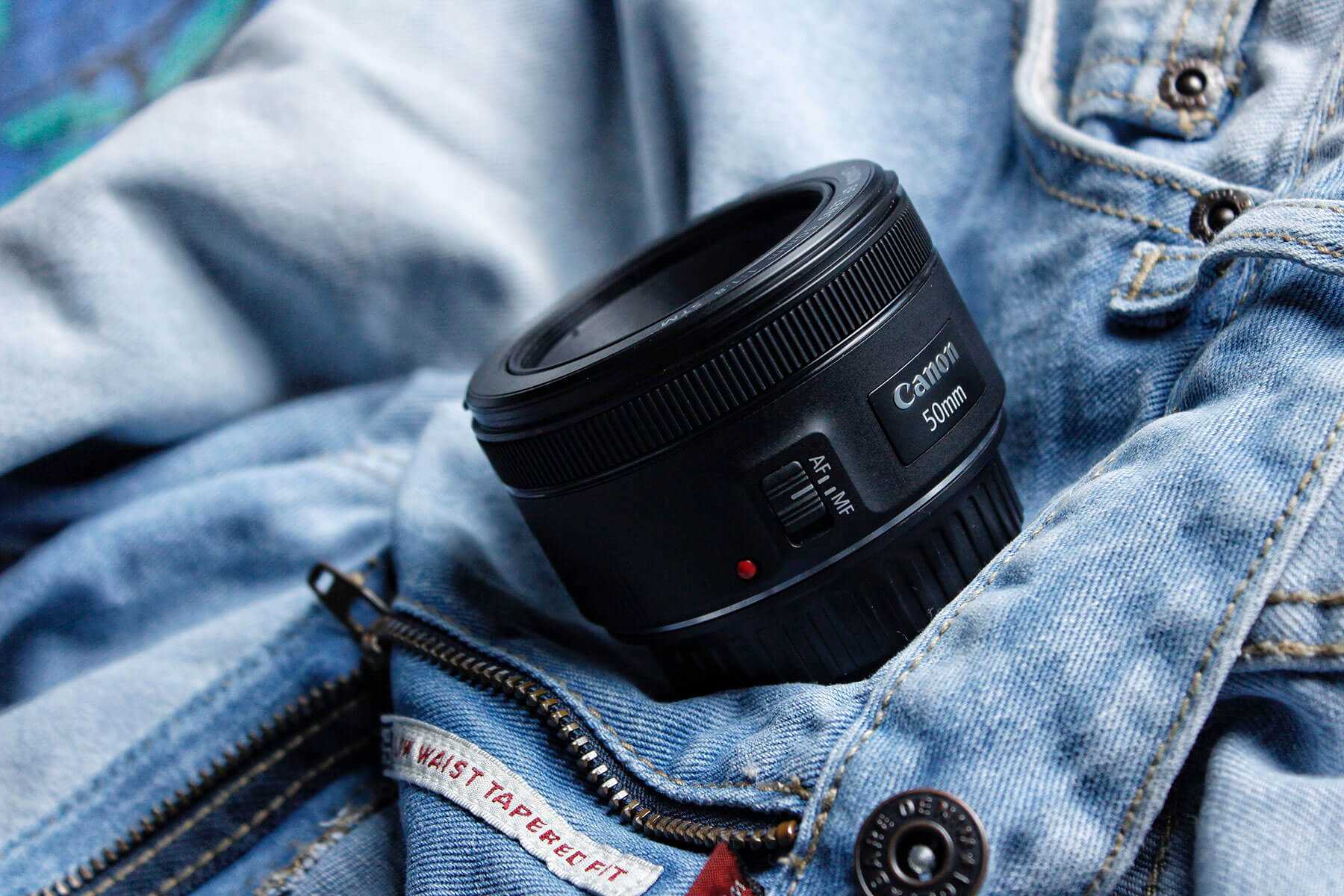Why Shoot Prime?

Shooting on a prime lens offers some technical benefits but I believe the creative benefits to be most important. Put simply I feel that restrictions foster creativity. When I don’t know what to go out and photograph I try to give myself a particular assignment. Such as, capture bicycles or interesting plays of light. Using a prime lens is just as much of a limitation but opposed to subject matter it is a technical limitation. So, rather than changing what is being shot, a prime lens changes how you shoot. To be explicit, a prime lens is a fixed focal length (I shoot on a 40mm prime). As such, going out with a prime is also a creative limitation and forces you to think about the characteristics of that focal length.
A prime lens makes you work for the shot. Without a zoom you are forced to be conscious of your focal length. If a moment presents itself and you are not in the correct position to frame the shot as you wish, you better get moving before the moment is lost. I find when going back to a zoom lens I am more aware of what focal length I want to shoot a particular subject at. Different focal lengths have huge variances in the aesthetic to an image: foreground-background aspect, distortion, and aperture limitations.
From a technical standpoint, primes can be a little easier on the wallet for a good piece of glass. They are generally cheaper because a zoom requires many moving elements so primes are a simpler build. Primes generally boast faster speeds for better low light performance and sharper images. Size and weight is a factor as well and again simplicity is king here allowing a prime to be smaller and lighter than even short zooms. Lastly, the wide-open apertures in addition to letting in a ton of light offer very good quality bokeh.
Lastly, my 40mm prime, know as the pancake lens due to its tiny size, is my favorite lens for street photography. It keeps a very low profile and is far less intimidating than someone walking around with a huge lens. Lens selection should ultimately be catered to a person’s style of shooting and what works for them but I recommend each photographer have at least one prime lens in their collection. Whether it be for a fast go-to lens in low light or as a lightweight walk-around lens.
Subscribe to Stephen Tvedt
Get the latest posts delivered right to your inbox